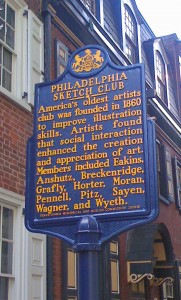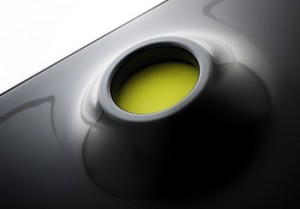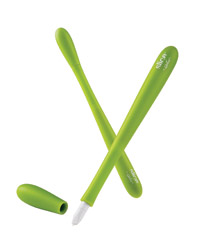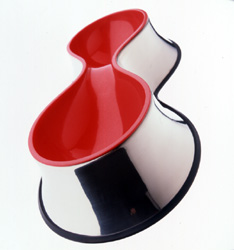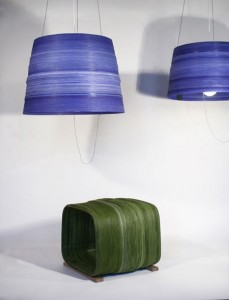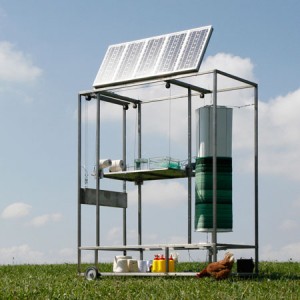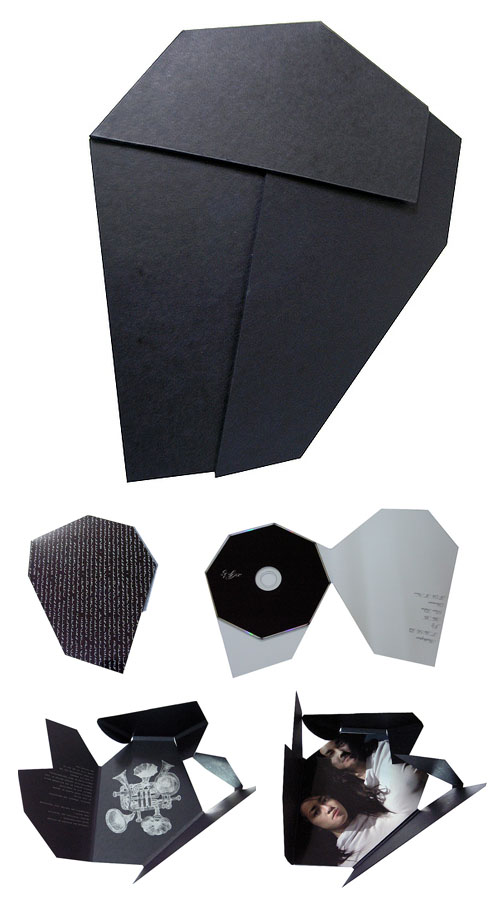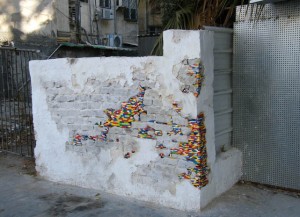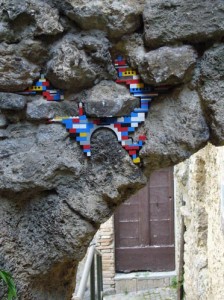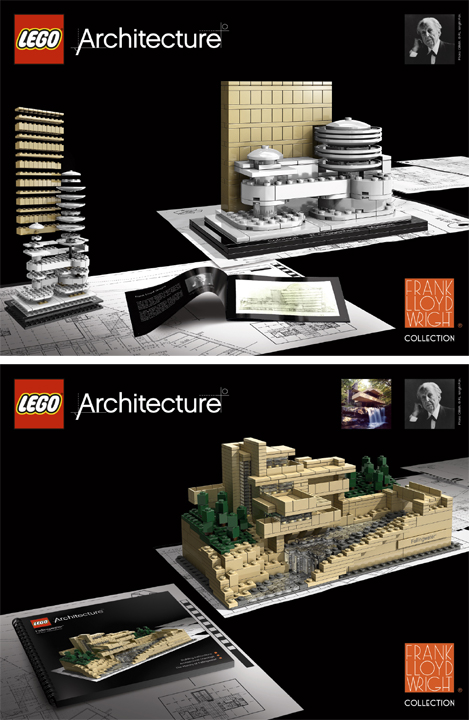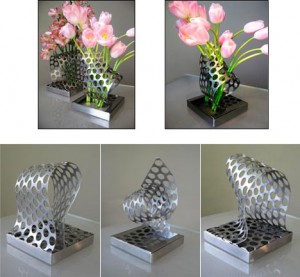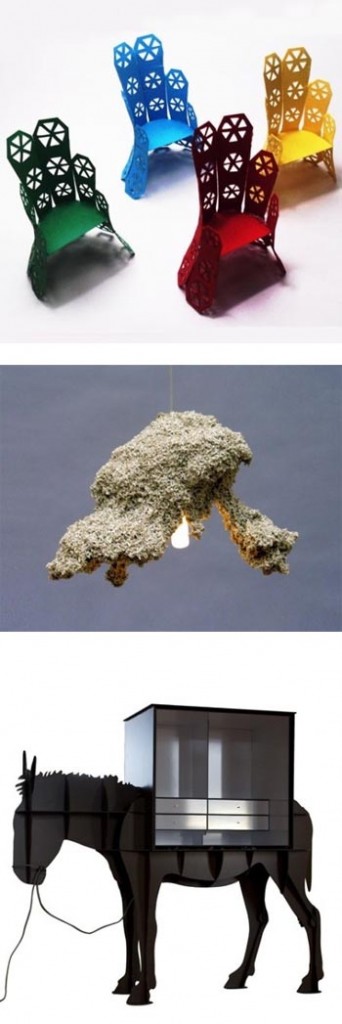 Courtesy of Andrej Statskij design studio in Latvia come the Oops Awards for bad product design.
Courtesy of Andrej Statskij design studio in Latvia come the Oops Awards for bad product design.
In the search for new and original design ideas and executions, there have to be many misses.
Though many are relegated to design-showroom-only status, and never make it past prototyping, it’s fun to take a look at what we hope doesn’t appear in stores or homes.
The anonymous Oops Design Award Foundation began giving awards in 2008 for Ugliest, Silliest and Most Useless Product Design.
They have selected nominees for 2009.
One of the interesting concepts this award highlights is that bad and good design can be very subjective.
For example, as Core 77 notes, one of the chairs nominated for the 2009 Ugliest category has already won the Cicely & Colin Rigg Contemporary Design Award, which is totally serious and comes with a $30,000 prize.
Somewhat related, and definitely in my Oops category, is this house which is currently on the market for $4 million (recently slashed from $5.5 mil).
Comments on the hideous “live-in” scuplture ranged from “That just made my eyes throw up” to “Dr. Seuss on acid.”
But someone is bound to buy it, because it’s different.
Much like the apparel that shows up on the catwalk during fashion weeks around the world, these designs are pushing the edge of what we recognize as attractive, in the name of innovation.
I suppose looking at what’s bad helps us define what’s good.
Without rainy days, who would as much appreciate the sunny ones?
